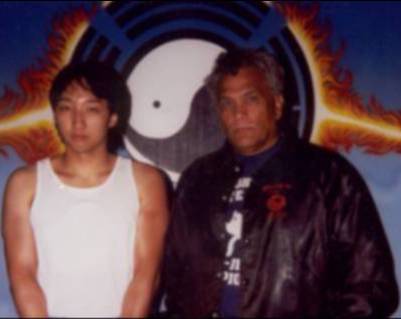|
|
| |
Although I don't have nearly as much time
as I used to indulge in this particular vice (which is probably a good thing!)
I still periodically enjoy playing well written and thought out games.
Some of my all-time favorites include: |
| |
|
|
| |
The Pool of Radiance. (I am
referring to the original version
by SSI and not the remake which I've haven't tried yet). Even
though its technical capabilities are quite dated by today's standards
it's one of the games in my collection with the most replay value. I'll
never forget the time that the skeletal hands come out of the ground in
the Valhingen Graveyard. |
|
| |
|
|
| |
Dungeon Master (and the sequel: Chaos
Strikes Back). It was the first game that every really made
you feel like it was actually you rather than some computer
generated character that was exploring the dungeon. Hearing the
sound of the party as it fell down a pit would raise the hackles on the
back of my neck. |
|
| |
|
|
| |
The Rise of the Dragon. I
found the comic book style graphics were very good at immersing you in
this gritty view of a future Los Angeles. |
|
| |
|
|
| |
Hired Guns: One of the first
games that allowed for multiple players to cooperatively or individually
explore the world. The truly amazing thing was this was done without
a network and without an Internet connection, just one
computer, one monitor and up to four simultaneous players. |
|
| |
|
|
| |
Drakkhen: Draconian.
Although primitive by today's standards, at
the time the graphics and sound were absolutely amazing. It was the
first game that I would stop every so often just to listen to the music in
the pub or
watch the sun set. |
|
| |
|
|
| |
The Birth of the Federation.
It's the only Trek game that really captures the feel of large scale fleet
combat and the strategic management of an empire or federation. |
|
| |
|
|
| |
The Wing Commander Series (I
- V). Throughout it's life the series underwent more changes
than any other. The first game was drawn using VGA graphics and only
256 colors but was often cited as one of the strongest motivators for
the sales of 80386 processors. The third, fourth and fifth in the
series were
among the best of it's kind in utilizing video sequences of the quality
found in big budget Hollywood movies (it was amazing that they managed
to get Mark Hamill from
Star Wars to play the lead role in two of the games). |
|
| |
|
|
| |
Mechwarrior 2: Mercenaries.
I actually knew very little about FASA's futuristic universe until I
started playing the game but almost immediately I was hooked. One
of the most memorable missions was the first time that my lance tangled
with the omni mechs of the clans. (The mission not
over???!!!..not by a long shot merc.). |
|
| |
|
|
| |
Silent Hill 3.
Silent Hill has a surprising amount of substance for a just video game, the designers admit to
being inspired by a diverse number of sources that include: movies such as:
'Jacob's Ladder' and 'The Cell', the works of Stephen King and David Cronenberg, the mythology and beliefs of
native Americans, Edvard Munch’s 'The Scream' and astoundingly even the
theories of Freud, Jung and Francis Bacon. Until playing this game
I never truly understood when people said that they were more afraid of
the monsters that you couldn't see. The game designers managed to
do this without relying extensively on obvious cliques such as the
"Oh-no-a-monster-suddenly-popped-out from-no-where" (i.e.
so-called jump scares).s Instead it
gets under your skin in a deeper and more subtle fashion that manages to
stay with you for a long time afterwards. I think that one of the
contributors at horrorwatch.com put it best put it when they
described Silent Hill in the following fashion "The
game plays to and exploits nearly every base instinct and fear there is,
fear of the dark, fear of what hides just beyond the light, fear of what
cannot be seen, fear of enclosed spaces, fear of being buried alive and
yes, even fear of fear. " I've definitely
got high hopes for the
movie that's coming out. |
|
| |
|
|
|
|
| |
Although I would definitely not
count myself as an artist, which you can probably ascertain with just one
look at my drawings :-), sometimes outside of work, training and
video games I sometimes like to exert my more creative side by playing the lion dance
drum (as well dancing the lion head) or through informal
sketches. |
| |
|
|
| |
Lion Dance |
|
| |
|
The lion dance is an integral
part of the martial arts of Southern China. In the past it was
performed by the most advanced students in the class because the stances
and movements of the lion dance requires that the student is already so
proficient in the basic techniques of the martial arts style that they
have already become second nature. Although I haven't performed the
dance for a few years it used to be something that I did on a regular
basis. At the martial arts school,
The Jing Wo Martial
Arts and Athletics Association, where I learned the Lion Dance and
Wing Chun my student from many, many years ago Desmond Lee is now
teaching one of the classes.
|
 |
| |
|
You might
want to turn the volume before playing the video. Also if the
video does not play your browser, try Internet Explorer instead.
|
|
| |
|
|
|
| |
Textures in different chess sets: |
|
|
| |
|
|
|
|
| |
|
Ivory chess set |
|
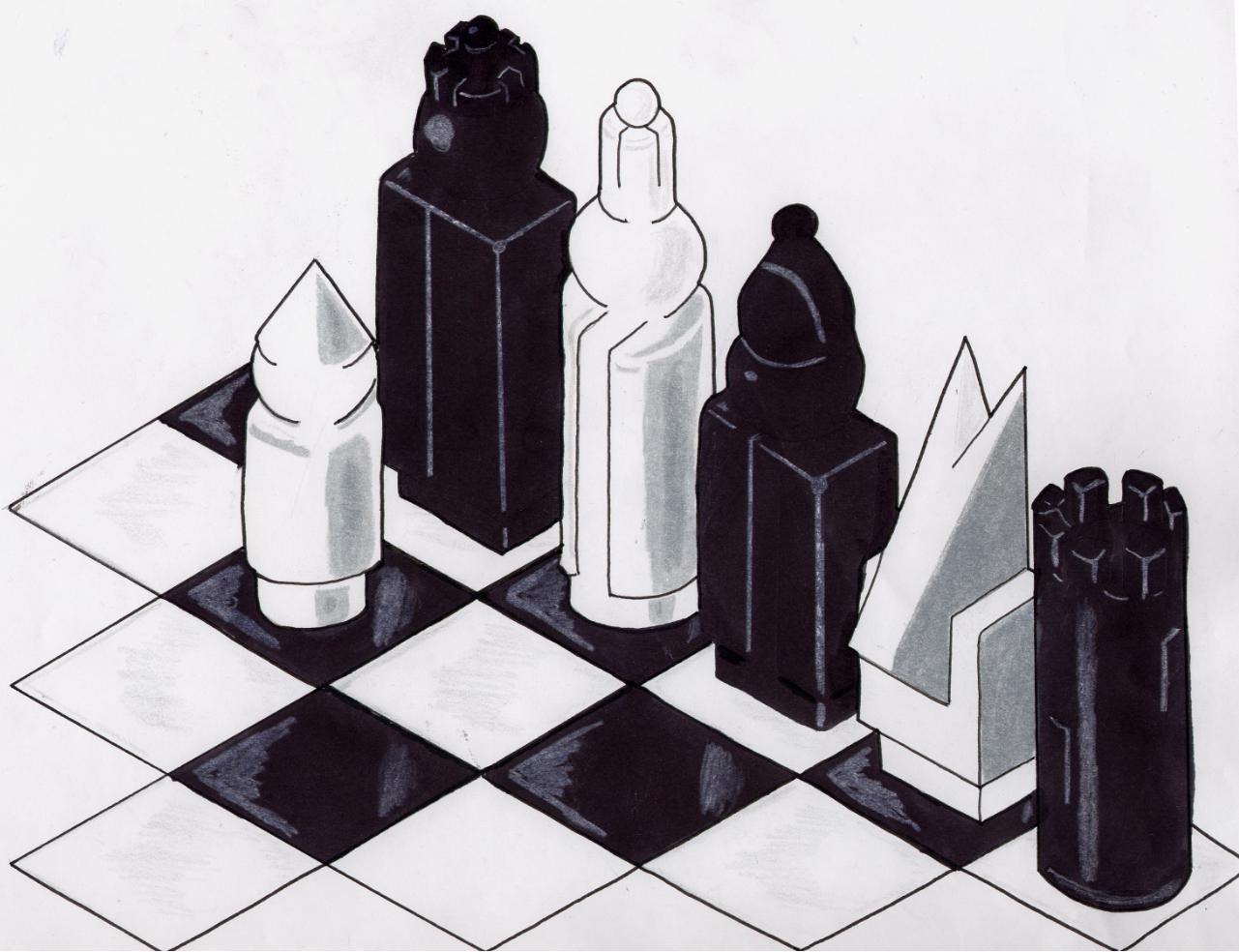 |
| |
|
|
|
|
| |
|
Ice chess set (in retrospect I
think that it looks more like Jell-O) |
|
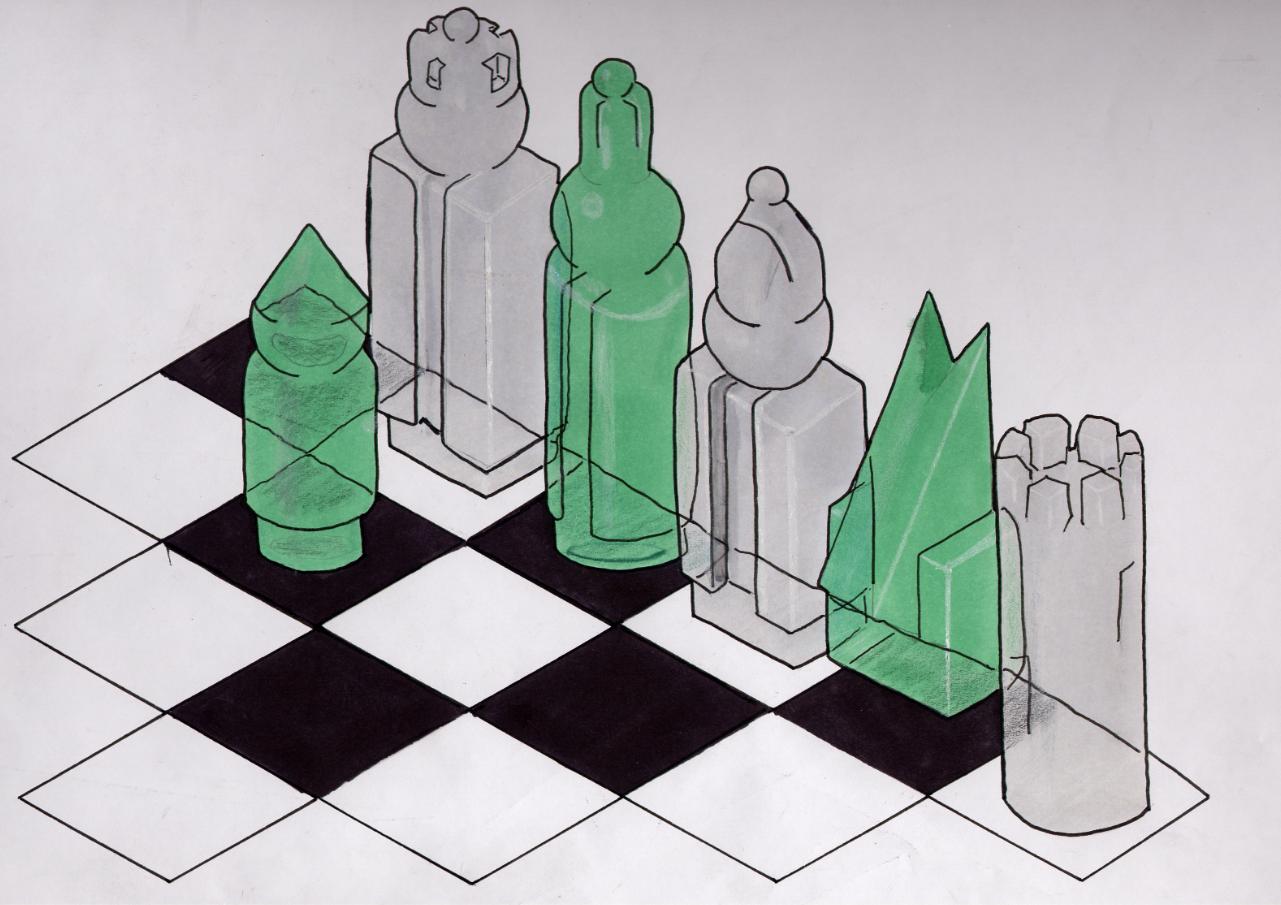 |
| |
|
|
|
|
| |
|
Wooden chess set |
|
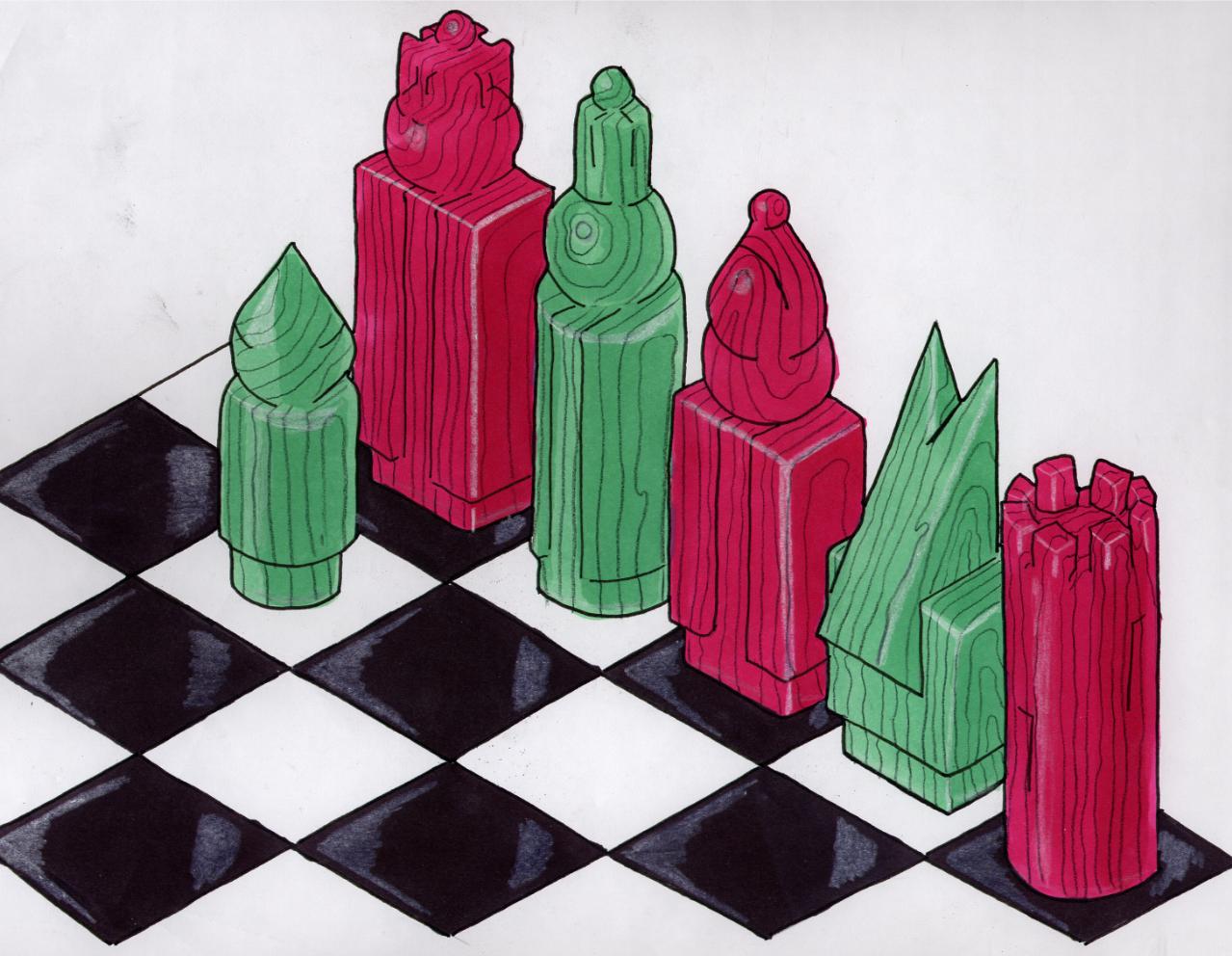 |
| |
|
|
|
|
| |
Technical drawings
(the 'dreaded iron series' - if you ever tried to draw it you'll know why
it's so dreaded): |
|
|
| |
|
|
|
|
| |
|
Original schematic |
|
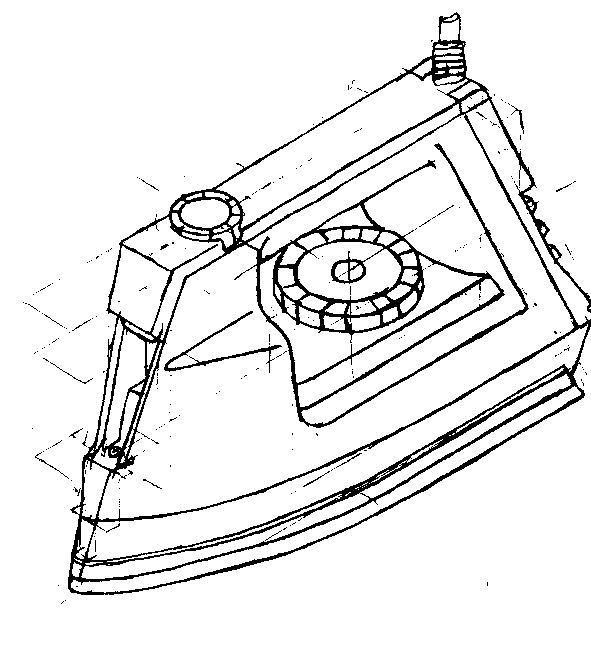 |
| |
|
|
|
|
| |
|
Mirrored cutaway view |
|
 |
| |
|
|
|
|
| |
|
Exploded view of the iron |
|
 |
| |
|
|
|
|
| |
Upside down drawings
(named so because that's the way that they were actually drawn!): |
|
|
| |
|
|
|
|
| |
|
A sultan |
|
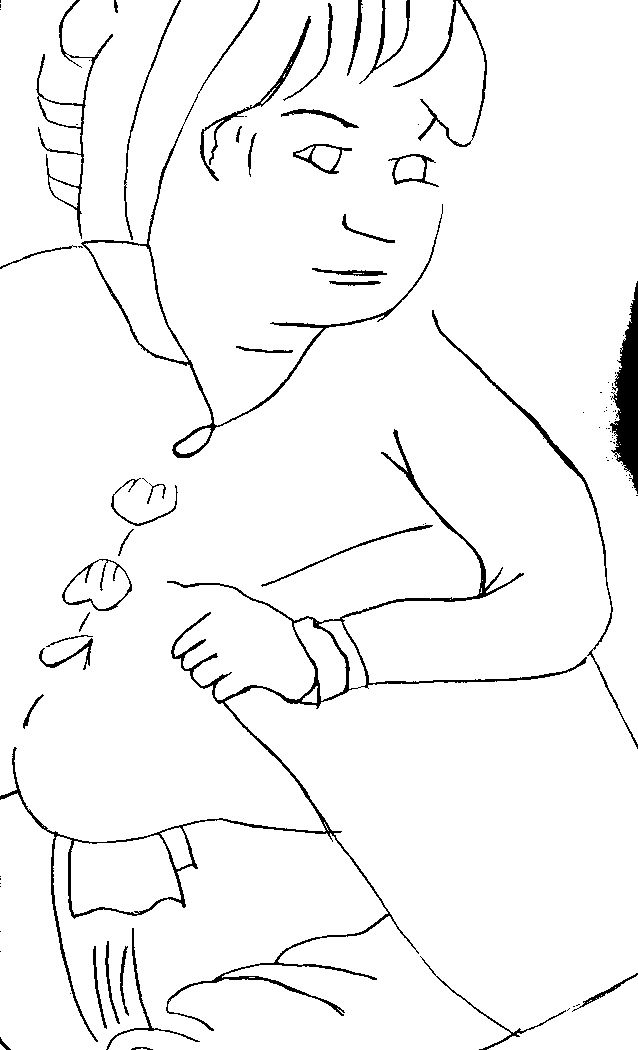 |
| |
|
|
|
|
| |
|
My rendition of Picasso's
"Portrait of Igor Stravinsky" |
|
 |
| |
Some of the more
formally organized projects that I've been privileged enough to be
involved with include: |
|
|
| |
|
|
|
|
| |
|
|
|
| |
|
|
|
|
| |
- Acting in the 1999 stage production (University Theater) of
The Wizard of OS
(Operating System) for which I ended up with three roles: a
bouncer/thug, an evil computer virus (there was a good virus in the play
too!) and a binary tree which I must say gave me an extremely diverse
perspective of how things were run.
|
|
 |
| |
|
|
|
|
|
|
| |
Although I've
trained in different styles of martial arts (Kendo, Shaolin, Kyushindo
Budo, Yang style Tai Chi) I've mostly focused on Wing Chun. By one
account this style was developed by two women: the Buddhist nun Ng Mui
and Yim Wing Chun specifically for people with slighter builds (e.g.,
women or slight men). The techniques rely more on finesse and
speed rather than building strength. It's most famous practitioner
was the late Bruce Lee - although he went beyond the bounds and
limitations of any particular style or mindset it was the first major
style that he trained in and according to his most famous senior student
Dan Inosanto 50% of Jeet Kune Do (Bruce's new style/philosophy) was
founded in Wing Chun. |
| |
|
|
|
| |
Unlike most martial arts Wing Chun
techniques are embodied in a very small set of forms: |
| |
|
|
|
| |
Sil Nim Tao ("The Little Idea"):
Focuses on the fundamental hand techniques and moving on side of the
body independently of the other as well as in tandem. |
|
| |
|
|
| |
Chum Kui ("Sinking bridges"):
Learning how to absorb an opposing force by yielding to it (sinking).
Also it focuses on learning how to apply the rotary power from the hips
in order to supplement the techniques from the previous form.
While the sinking motion can be straight forward like the low block that
I've executed with my left arm in the thumbnail to the right it can be a
more subtle yet complex technique involving a combination of absorbing
the attack while apparently moving yourself directly into the attack. |
|
| |
|
|
| |
Bui Gi ("Spearing fingers"):
Focuses heavily on defense through offensive techniques such as the right
hand finger jab shown in the thumbnail. |
|
| |
|
|
| |
Lok Dim Boon Gwun ("Six and
half point staff"): This form consists of six and a half
techniques that are practiced repeatedly on the Wing Chun Staff.
Although the original benefit of the training was self defense, now it's
practiced more for the strength building and control that the practice
provides (now-a-days very few people would carry around an eight foot
staff for self defense). |
|
| |
|
|
| |
Mok Yun Jawng ("The Wooden
man"): Although part of the reason for training on the
practice dummy is to condition the hands and arms (striking the hardwood
tends to toughen them up), the main benefit is to learn and to reinforce
proper positioning for the Wing Chun techniques. Because this style
relies on speed and short distances, a small fraction of an inch can mean
the difference between getting hit or successfully defending against an
attack. Here is
a video snippet of me training with the wooden man:
|
|
| |
|
|
|
|
| |
Wooden man form:
Windows Media video (for IE) |
|
Wooden man form: Quick time
video (if WMV video does not play) |
|
| |
|
|
| |
Bawt Jaam Do ("Eight
technique knife"): The emphasis is on muscle conditioning by applying
the techniques (with a rather heavy set of steel blades shown to the right).
I've found that using the blades isn't hard but applying the knife
techniques with the proper control is a pretty fair workout on the
forearms. |
|
| |
|
|
| |
Extra to the forms: Saw Bao Kune ("Sand bag form"):
Although this form is not of the original six Wing Chun forms it is one
of my favorite because it epitomizes the greatest strength of this
style, simultaneous attack and defense. |
|
| |
|
|
|
|
| |
| I started sponsoring Naidud in
Colombia when I was still an undergrad student in Computer Science and
this is what she looked like then and now: |
|
|
|
| |
|
|
|
|
|
|
| |
|
 |
|
 |
|
|
| |
|
My first picture
from Naidud in Colombia |
|
Naidud today! |
|
|
| |
|
|
|
|
|
|
| |
Although it was tough to initially budget for (you won't get rich working as
an undergrad TA but I figured that the 30 bucks or so that it cost me per month
to sponsor her only equated to 6
cafeteria lunches or 1 cheap video game! so it really wasn't so bad).
Every day that I see her adorable little face in the picture on my desk by my
workstation makes me glad that I decided to become a
Foster Parent Plan
sponsor and I've never regretted it since then. |
|
